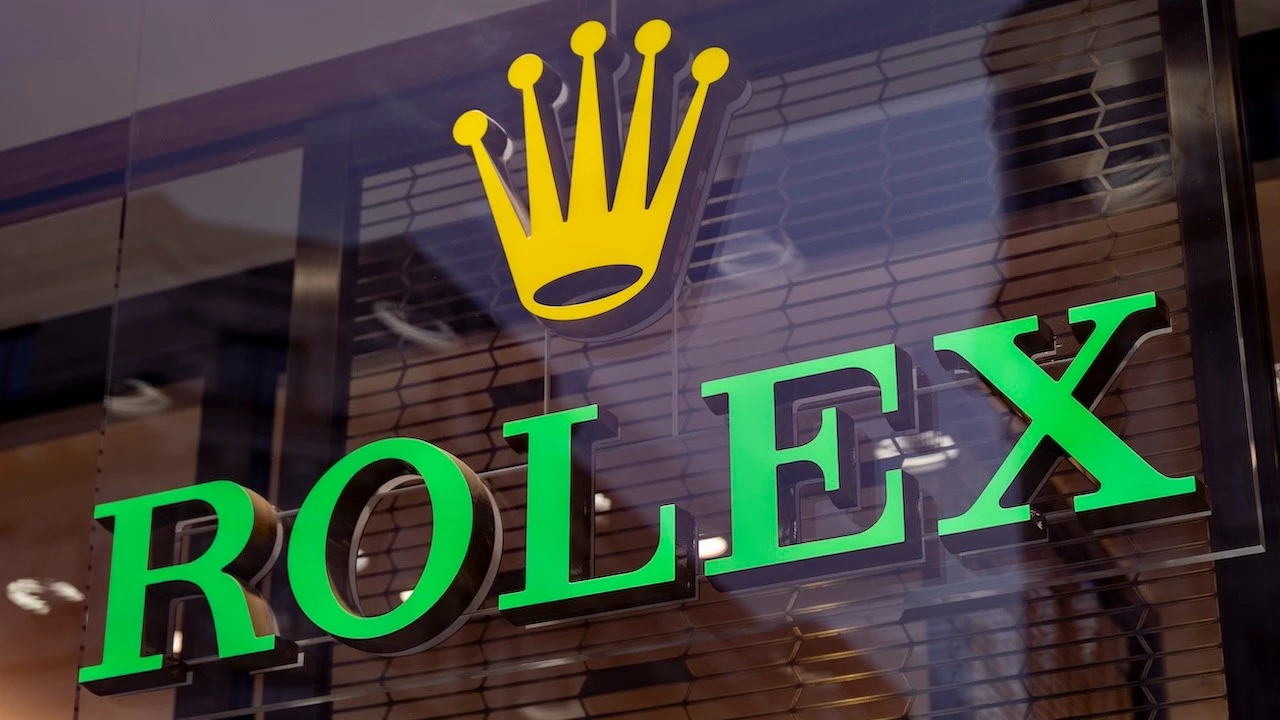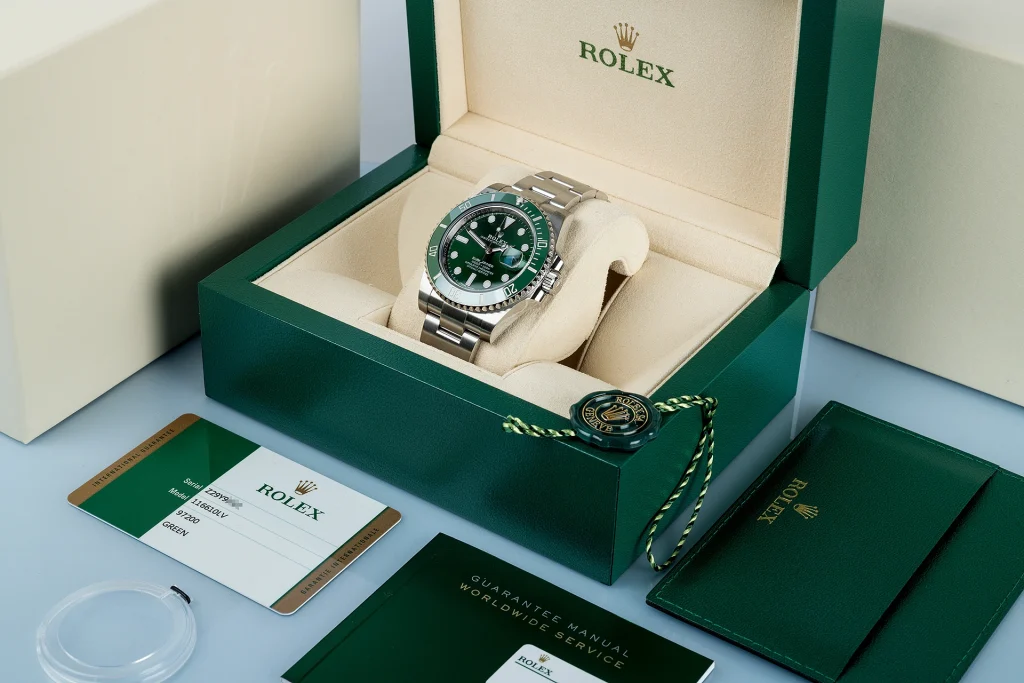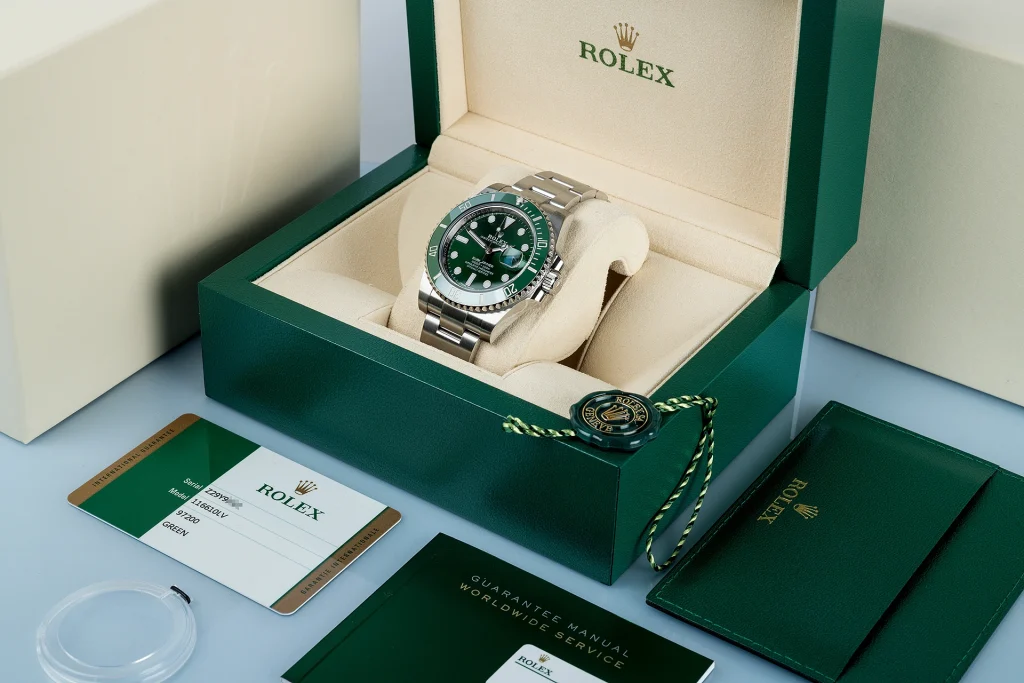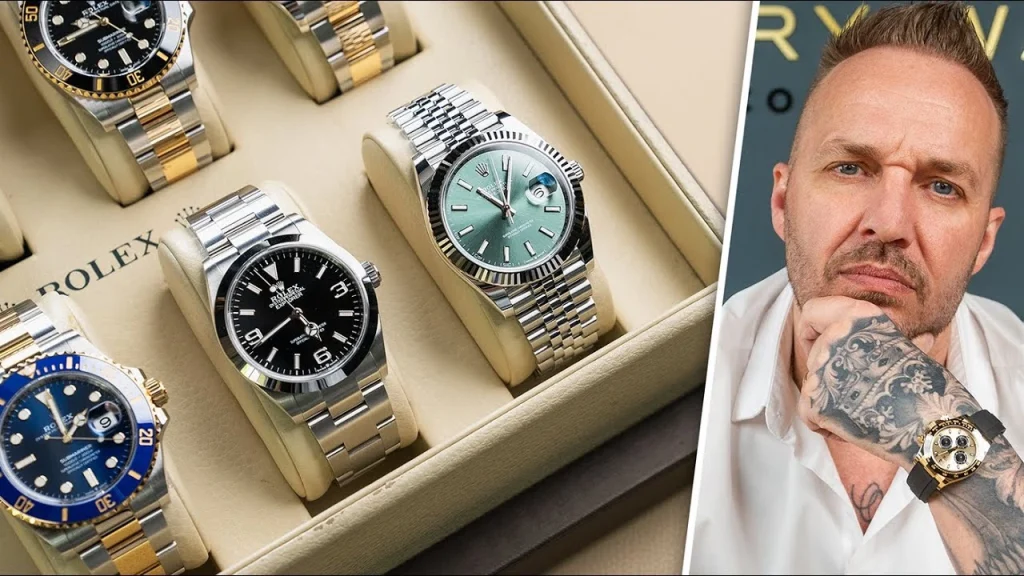
The Illusion of Prestige, the Reality of Profit
When you hear the name “Rolex,” images of luxury, power, and prestige instantly come to mind. The brand isn’t just a watchmaker—it’s a cultural icon, a symbol of success recognized worldwide. But beneath the dazzling surface of diamond-studded bezels and mechanical perfection lies a secretive empire built not just on craftsmanship—but on carefully engineered financial strategies that help the brand avoid billions in taxes.
Brace yourself. This isn’t just about luxury watches—it’s about the luxury of dodging taxes, the secrecy of Swiss trusts, and the billion-dollar machine that continues to fascinate and deceive the world. This is the unfiltered, jaw-dropping truth about Rolex’s hidden financial operations.
1. Rolex Isn’t Owned by Shareholders—It’s Owned by a Charity
Most people think Rolex is a privately-owned company like any other major brand. That’s the first shocker: Rolex is technically owned by a charitable trust—the Hans Wilsdorf Foundation. Created by founder Hans Wilsdorf in 1945, this trust was supposed to ensure Rolex’s future and support “good causes.”
Sounds noble, right? But here’s where it gets murky: as a charitable foundation, Rolex pays no corporate income tax in Switzerland. That’s right. A brand that makes over $10 billion annually might not be paying the taxes you’d expect from a company of its scale.

2. Rolex’s Secretive Financial Structure Keeps Tax Authorities in the Dark
Rolex’s internal structure is extremely opaque. Unlike publicly listed companies, Rolex has no obligation to publish annual reports, reveal profits, or disclose executive salaries. This allows Rolex to disguise true profits, redirect funds internally, and minimize tax liabilities.
Investigations suggest Rolex generates more than $13 billion in revenue annually and pockets over $5 billion in profit, but because it’s not publicly traded, there’s no independent oversight. That’s how it flies under the radar of international tax authorities.
3. Rolex Dodges Taxes While Maintaining an Elite Brand Image
Rolex’s strategic use of the “charity” label helps it skirt taxes, but that doesn’t stop it from charging tens of thousands of dollars per watch. The irony? Consumers unknowingly contribute to a brand that avoids taxes while raking in billions.
While many multinationals are hounded over tax issues, Rolex remains untouchable due to its reputation, legal structure, and strategic silence. Their charitable front earns them public goodwill while saving them billions in corporate tax over the decades.
4. Rolex Charity Contributions Are a Mystery Wrapped in Gold
Despite its “charitable” status, Rolex remains tight-lipped about how much it actually donates. Unlike major philanthropic organizations that release annual impact reports, Rolex doesn’t disclose donation figures, recipients, or specific causes.
The lack of transparency raises critical questions:
- How much does Rolex really give to charity?
- Are these donations proportionate to their massive tax savings?
Experts estimate Rolex gives far less than what a taxable corporation would pay in taxes, raising doubts about the legitimacy of its nonprofit status.

5. The Swiss Tax System Is Rolex’s Best Friend
Switzerland is known for its banking secrecy—and that’s no accident. The Swiss government’s favorable tax rules allow foundations like the Hans Wilsdorf Foundation to operate with minimal scrutiny. Rolex has masterfully exploited this setup to legally shield billions in income.
Switzerland’s legal framework enables Rolex to:
- Pay almost zero corporate tax
- Avoid estate and inheritance taxes
- Minimize customs duties
- Elude financial disclosure requirements

6. Rolex Is a Monopolistic Power in the Watch World
Rolex isn’t just successful—it’s dominant. The brand reportedly controls 29% of the global luxury watch market, outselling competitors like Omega, TAG Heuer, and Cartier by a massive margin. This monopoly gives Rolex tremendous pricing power and supply control, further fueling its financial firepower.
Limited releases, controlled distribution, and waitlists spanning years create artificial scarcity. This raises prices while keeping demand frenzied—a genius marketing tactic that adds zero tax burden thanks to their “charitable” label.

7. Rolex’s Supply Chain Is as Secretive as Its Finances
Every Rolex part is manufactured in-house, and nearly all operations are vertically integrated, meaning Rolex owns every part of its supply chain. But this also allows them to internalize profits and further reduce taxable income.
With little oversight, Rolex can:
- Shift internal costs
- Manipulate valuations
- Use internal companies to “hide” revenue streams
It’s a textbook example of legal corporate tax avoidance perfected over decades.
8. Rolex’s Marketing Machine Distracts from Financial Realities
Rolex spends hundreds of millions annually on marketing, from sponsoring Wimbledon and Formula 1 to Hollywood celebrities and global sports icons. These marketing expenses are tax-deductible under Swiss law, further shrinking Rolex’s taxable income.
It’s a clever trick:
- Spend lavishly to uphold luxury status
- Deduct it from your earnings
- Reinvest tax-free profits into the next global takeover
Rolex doesn’t just sell watches—it sells the illusion of integrity.

9. Employees Benefit—But Executives Benefit More
Rolex employees are known to receive excellent pay and benefits—at least on the surface. But internal reports suggest that the real financial winners are the executives and trustees of the Hans Wilsdorf Foundation, who receive massive “management fees” and “consulting payments.”
Because the foundation is private and not subject to shareholder oversight, these payouts go unregulated and untaxed.
10. Rolex’s Tax Strategy Might Be Legal—But Is It Ethical?
Here’s the biggest bombshell: everything Rolex does is technically legal. But the question remains—is it ethical?
While countries around the world struggle with deficits, healthcare costs, and economic instability, Rolex—a company making billions—contributes little to the public purse. Its charitable claims mask a cold, calculated strategy to preserve wealth and avoid public accountability.
And perhaps the most shocking truth of all?
The public continues to idolize the brand—despite knowing none of this.

Conclusion: Behind Every Billion-Dollar Brand Is a Billion-Dollar Strategy
The truth about Rolex isn’t just shocking—it’s eye-opening. What we wear on our wrist may be a symbol of success, but the story behind it is a masterclass in legal manipulation and strategic secrecy.
Rolex isn’t just making watches—it’s printing money under the guise of charity, selling exclusivity, and dodging billions in taxes, all while the world claps in admiration.
So next time you see a Rolex, ask yourself:
Are you admiring a luxury watch—or applauding a masterfully disguised corporate empire?
Frequently Asked Questions (FAQs)
Q1. Is Rolex really a nonprofit organization?
Yes. Rolex is owned by the Hans Wilsdorf Foundation, a Swiss charitable trust, which technically makes it a nonprofit under Swiss law.
Q2. How much tax does Rolex pay?
Exact figures are unknown due to Swiss secrecy laws, but experts estimate Rolex pays far less than it would if it were a traditional corporation.
Q3. What does Rolex do with its profits?
Profits are funneled back into the brand, including marketing, manufacturing, and executive payouts. Charitable donations are undisclosed and likely small in comparison to profits.
Q4. Is Rolex breaking the law?
No. Rolex operates within Swiss legal frameworks. But their strategies raise serious ethical and transparency questions.
Q5. Why don’t more people know about Rolex’s tax practices?
Because Rolex is privately owned, rarely gives interviews, and tightly controls its image. Media coverage of their tax structure is minimal due to Switzerland’s strict privacy laws.


